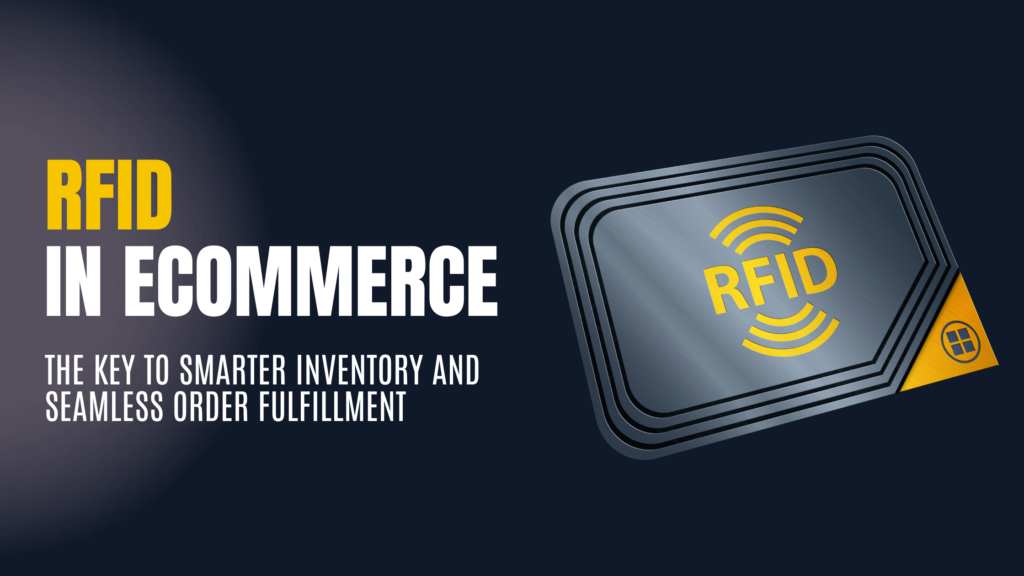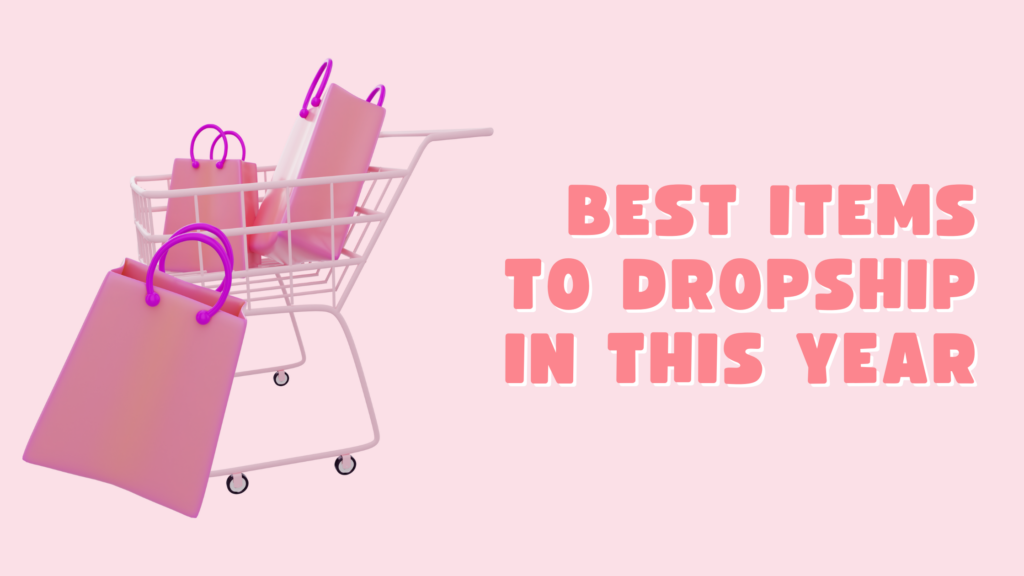Navigating Challenges: Common Hurdles in Shopify Dropshipping
There were times when consumers had less control over quality and quantity. As the time passes by, the changes are constantly upgraded. The tastes and preferences of business have changed and the ecommerce comes with its own set of challenges and constraints. If you’re facing Shopify related challenges or are unsure how to respond to Shopify alerts, you’ve come to the right place. Shopify dropshipping is a better way to dropship but only after handling a few difficulties that a business owner can overcome.
What is Shopify Dropshipping?
The relationship between a customer store and a supplier is the core of dropshipping, but other processes complete it. Dropshipping is a business model where the products are not kept in a store or the stock. Instead, when a store sells a product, it purchases the item from a third party and has it shipped directly to the customer. This means that the seller never sees or handles the product.
The primary advantage of dropshipping is that it allows entrepreneurs to start an ecommerce business without the need for a significant upfront investment in inventory. The dropshipper acts as an intermediary between the customer and the Shopify dropshipping supplier, handling the order processing, but relying on a separate entity for product storage and shipment. This business model minimizes the risks associated with carrying excess inventory and eliminates the need for warehouse space.
While Shopify dropshipping offers low entry barriers and operational simplicity, it comes with challenges. Profit margins can be slim due to the added costs of working with a middleman, and maintaining quality control can be challenging when the seller has limited control over the fulfillment process.
How Does Dropshipping Work?
Shopify dropshipping operates through a streamlined and hands-off process. Entrepreneurs utilizing this model set up a Shopify store, where they list products sourced from Shopify dropshipping suppliers, typically manufacturers or wholesalers. The store owner does not need to invest or manage the inventory. The details of the order are transferred to the selected dropshipping supplier once the order is placed. The supplier then takes charge of packaging and shipping the product directly to the customer. Shopify dropshipping automation tools play a crucial role in managing this process efficiently, automating order fulfillment, tracking inventory levels, and updating product information.
Embedded within the Shopify platform, these automation tools streamline operational tasks, enabling entrepreneurs to prioritize marketing, customer service, and business expansion. Shopify’s intuitive interface and third-party apps empower entrepreneurs to effortlessly select, import, and update products from diverse suppliers, fostering a varied product catalog without the complexities of inventory management. This hands-off approach minimizes upfront costs, rendering Shopify dropshipping an accessible and scalable ecommerce solution for aspiring online retailers.
What are the Biggest Challenges in Shopify Dropshipping?
This blog will highlight some of the major challenges faced by Shopify dropshipping and how business owners can overcome them. There are a few things one should know before going forward with Shopify dropshipping. Dropshipping is considered as one of the most interesting businesses with good profit margins. A good number of ecommerce business owners have created an industry that is projected to grow to $1096 billion in 2023. The growing number of online shoppers is the reason why the number of sales increases. This is why every business is not easy to process and maintain.
Dropshipping Challenges & How To Overcome Them.
Just like any other business model; dropshipping also has its own challenges that should be taken care of and a few mistakes that are needed to avoid. Here are a few challenges that a business owner should consider.
The Difficulty in Building Brand Awareness
This is one of the biggest challenges as building a brand in dropshipping business is done to empower the brand and magnify it. Often mass-sourcing the products makes it difficult to build brand awareness so that higher brand recognition can be attained. As most of the dropshippers have the same products, they have difficulty in building a brand name. This can be very difficult as the differentiation is between a similar product catalog. There should be different ways to mark distinctiveness so that more customers are attached to the brand. A few ways to overcome such challenges are by building a customizable website and marketing it according to the niche. Build an exceptional customer service experience and also look forward to private label dropshipping and white label dropshipping with customization options.
Identifying Trustworthy Suppliers
Trustworthy suppliers are difficult to find and the process becomes difficult when the supplier keeps backing off and not fulfilling the promises. To make the process easy and smooth, credible suppliers from a reputed dropshipping partner like Inventory Source is the right option to go with. The major question is what makes the supplier trustworthy and credible? Some points to look for are the fair business policies and the offering of good quality items. Also, the customer being satisfied with the quality and service is the biggest plus point. Credible suppliers can be found at Inventory Source as we have more than 180 integrated suppliers to choose from. Look for reviews, product ranges, transparency in business policies, if they have international warehouses, and good customer service.
Out of Stock Issues
Inventory management is one of the pillars of dropshipping business. Lack of inventory management will cause delays in shipping and if the regular stock updates are not done then the person will not be able to see the number of products available. In dropshipping, the inventory is managed by the supplier and not by the business owner, hence sometimes out of stock issues are bound to happen. The best way to handle stock issues is to use an automated stock tracking system that will raise an alarm on low levels of stock. This will avoid a sales loss as the product import will not be allowed. Another way to save from such alerts is by working with many suppliers so the stocks are maintained and a sale is not lost. This way we are always putting customers forward and shift the order to the next supplier if one goes out of stock.
Shipping and Time Delays
Shippings are also handled by the supplier as the product dispatch is by them only. If the dropshipper starts taking care of order shipping then the management of the process would be impossible. Having multiple suppliers with different shipping policies, billing structures, shipping details and more may create an issue in sending the product to the customer. Failing which would be a poor shipping experience. To not have a red face, the business owner has to make sure that the product reaches the customer on time. To do this, clear communication should be established with both the supplier and the customer. Clear guidelines should be set with the customers about the shipping timings and details. Suppliers with domestic warehouses are a big advantage which you can find on Inventory Source.
Manual Bulk Product Upload
Manual importing of products is time-consuming, laborious, and tedious. Manual import of products will take a lot of time especially when there is a catalog to be imported as each product has to be imported individually. Manually importing our products involves a tedious process of individually copying and pasting product information from the supplier’s website into our selling channel. This time-consuming task requires repeatedly transferring each product’s details, leading to a significant investment of our time and effort. In order to save time, automated product importing in bulk processes needs to be implemented. With one click, you will be able to import with the Inventory Source automated process. There are auto-importing tools that will pick up similar products and upload them in bulk without taking much of your time.
The Bottom Line.
While dropshipping offers the advantage of low startup capital, identifying the right products and suppliers presents a significant challenge in this business model. Operating a dropshipping store has the potential for significant profitability. While we’ve highlighted some of the challenges in this article, it’s crucial to emphasize that challenges are inherent in every business worldwide. Therefore, thorough market research is essential before embarking on this venture. Carefully select a niche that aligns with your expertise and consider utilizing Shopify tools designed to streamline the dropshipping process. Inventory Source makes your dropshipping process easier by introducing tools and inventory management so that you save time and invest it in making marketing strategies for better profit margins.
Discover the Power of Inventory Source: An Introduction Video
Shopify Dropshipping FAQs
How does Shopify dropshipping work?
Shopify dropshipping involves entrepreneurs creating an online store, and listing products from suppliers. When a customer buys, the order is forwarded to the supplier, who handles shipping. Owners focus on marketing and sales.
Is Shopify dropshipping legit?
Yes, Shopify dropshipping is a legitimate ecommerce model. It involves partnering with suppliers to fulfill orders, allowing entrepreneurs to operate online stores without managing inventory, but success requires strategic planning.
Do I need a business license to dropship on Shopify?
Yes, generally, you need a business license to dropship on Shopify. It ensures legal compliance and varies by jurisdiction. Check local regulations to determine specific licensing requirements for your dropshipping business.
How to add dropship products to Shopify?
To add dropship products to Shopify, go to the Shopify admin, click on “Products,” select “Add product,” input product details, and set up variants. Connect with dropshipping suppliers for seamless integration.
How to set up shipping on Shopify for dropshipping?
>To set up shipping on Shopify for dropshipping, go to Settings, select Shipping, and define shipping zones. Integrate your dropshipping supplier’s rates or set up flat-rate shipping, ensuring clear customer communication.



